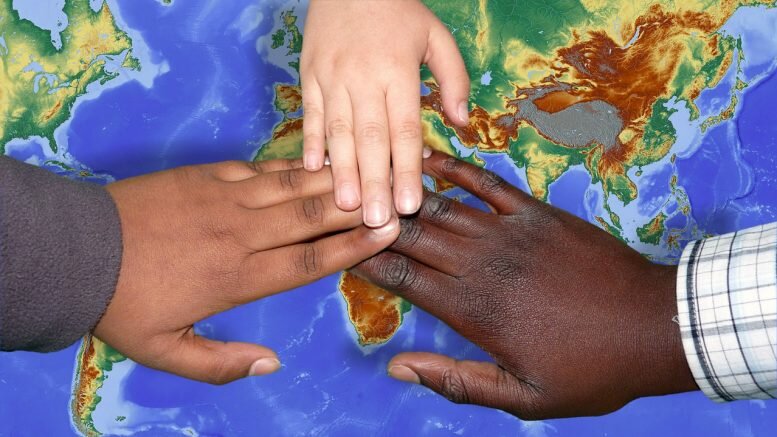Young people, women and immigrants are over-represented in the low-wage group.The proportion of low-wage immigrants is increasing according to figures from Statistics Norway (SSB).
30% of low-paid employees are in their twenties, compared with 10% of full-time employees otherwise. Women are in the majority, 57% compared to 40% of other full-time employees. 40% of low-paid employees only have education at primary school level show figures from SSB.
While the proportion of low-paid people who have low education has declined over the past decade, the proportion of immigrants has increased.
According to the Living Conditions Survey on the working environment, immigrants accounted for one quarter of the low-paid employees in 2016, compared with one-tenth in 2006. During the same period, the immigrant share also increased among other full-time employees, from 5 to 11%.
Both the proportion of women and the proportion of young people among low-paid employees have been relatively stable since 2006.
Physically heavy work
Every fifth low-paid job is in the health and social sector, while a total of two out of five work in businesses within retail trade, lodging and catering or personal and business services.
54% of low-paid employees have at least one type of physical strain at work compared to 39% of other full-time employees.
Low-paid workers reported also to a greater extent than others to be physically exhausted after work.
Vulnerable in working life
The low-paid employees often have a vulnerable connection to working life.
12% are temporary employees, compared with 2% of other full-time employees. Four out of ten are unionised, compared to six out of ten full-time employees. Every fourth has neither a shop steward, a safety representative, nor a working environment committee in the workplace.
SSB defines low-paid employees as full-time employees who have a salary of less than two-thirds of the median salary. SSB emphasised that equality between low wages and poverty cannot be equated because this depends, among other things, on the household’s total income and on whether they live alone.
© NTB Scanpix / #Norway Today




